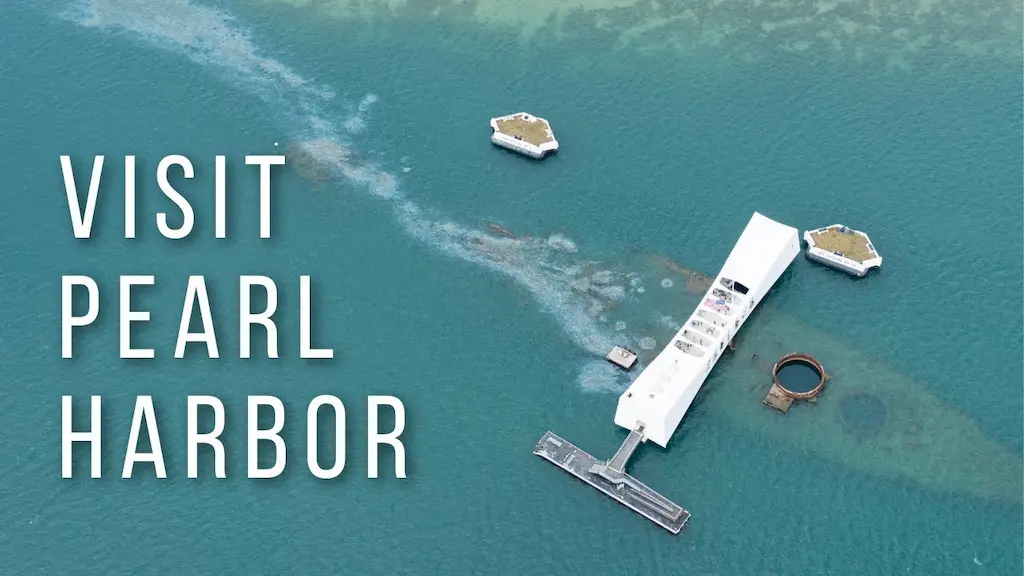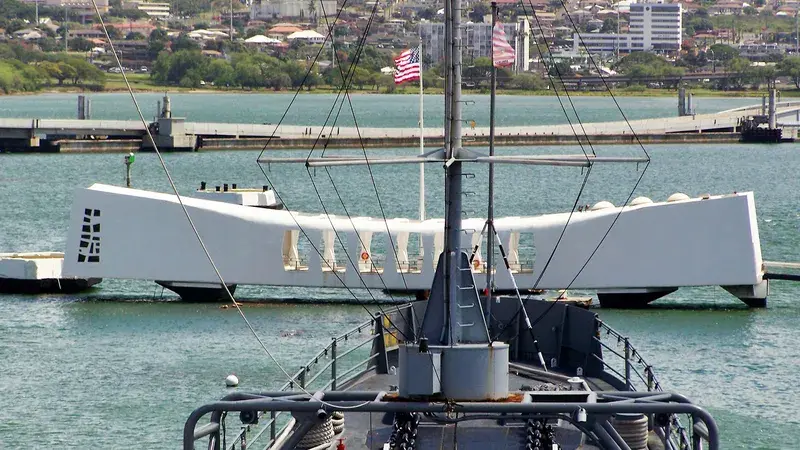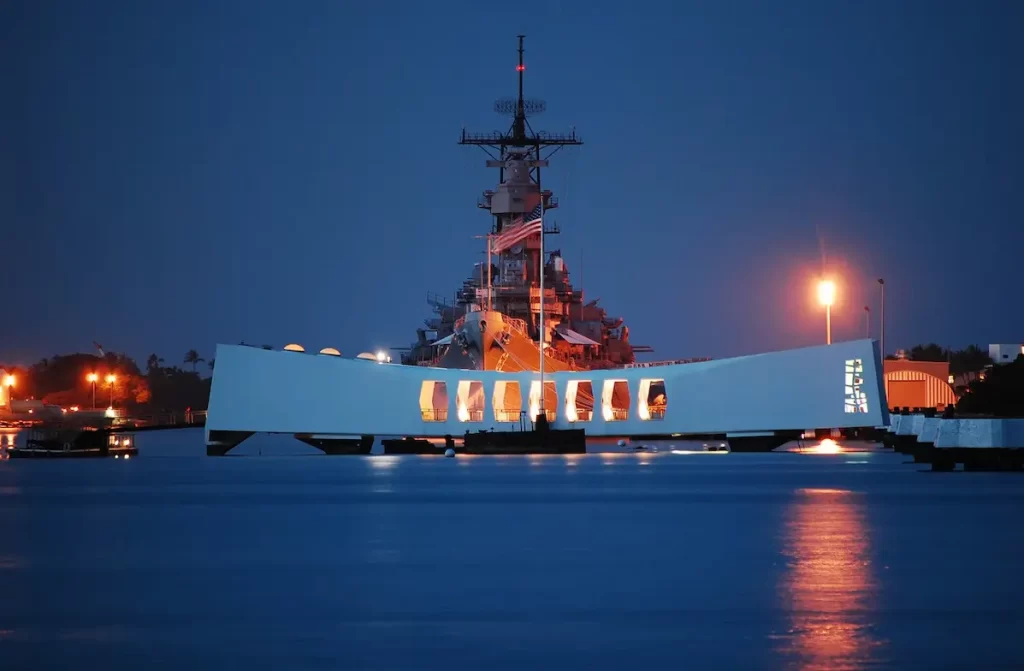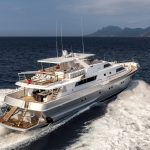Pearl Harbor Island, located on Oahu, Hawaii, is a historic site best known for the 1941 attack that propelled the United States into World War II. This destination is both a solemn memorial and a compelling travel experience, offering visitors insight into a defining moment in global history. Today, it remains an active naval base and one of Hawaii’s most visited attractions.

Content
Where is Pearl Harbor Island?
Pearl Harbor Island is situated within Pearl Harbor, a large lagoon harbor on Oahu Island. At its heart lies Ford Island, home to several historic World War II memorials and military installations. This location has been a strategic site for the U.S. Pacific Fleet for decades, serving as both a defense hub and a cultural landmark in Hawaii.
Historical Background of Pearl Harbor

Pre-War Strategic Importance
Long before the infamous attack, Pearl Harbor played a vital role in U.S. military strategy. Its sheltered waters and central position in the Pacific Ocean made it an ideal location for naval operations, ensuring rapid deployment across the Pacific theater.
The Attack on Pearl Harbor – December 7, 1941
On the morning of December 7, 1941, Japanese aircraft launched a surprise strike against the U.S. naval base at Pearl Harbor Island. In under two hours, battleships along Battleship Row were bombed, the USS Arizona sank, and over 2,400 lives were lost. This event directly led to the U.S. entering World War II, as President Franklin D. Roosevelt delivered his famous Day of Infamy speech.
Key Memorials and Historic Sites on Pearl Harbor Island

USS Arizona Memorial
The USS Arizona Memorial stands above the sunken battleship, honoring the sailors and marines who perished during the attack. Accessible only by boat, it offers a solemn space for reflection, with exhibits detailing the ship’s history and sacrifice.
Pearl Harbor National Memorial
The Pearl Harbor National Memorial Visitor Center provides a comprehensive look at the events before, during, and after the attack. Through historical displays, personal accounts, and interactive exhibits, it immerses visitors in the history of the Pacific theater.
Battleship Missouri Memorial
Docked at Ford Island, the USS Missouri is famed as the site where Japan formally surrendered in 1945, ending World War II. Tours showcase the ship’s preserved decks, crew quarters, and command areas.
USS Bowfin Submarine Museum & Park
Nicknamed the “Pearl Harbor Avenger,” the USS Bowfin offers insight into submarine warfare during the war. Visitors can explore the vessel and learn about the critical role submarines played in Pacific operations.
Ford Island Aviation Museum
The Ford Island Aviation Museum houses an extensive collection of WWII aircraft and artifacts, illustrating the importance of air power in the Pacific theater.
Visiting Pearl Harbor Island: Practical Travel Tips
- Best Time to Visit: Mornings between November and April offer pleasant weather and smaller crowds.
- Ticketing & Reservations: Entry to the Pearl Harbor National Memorial is free, but reservations are recommended for the USS Arizona Memorial.
- Transportation: Visitors can reach Ford Island via shuttle boats from the Visitor Center. Public buses and rental cars are also available.
- Accessibility: Most attractions are wheelchair accessible, with facilities to assist visitors of all abilities.
- Respectful Visitation: As a site of national remembrance, quiet reflection is encouraged. Avoid disruptive behavior and follow memorial guidelines.
- Nearby Attractions: Combine your visit with Waikiki Beach, the Dole Plantation, and Honolulu’s historic district.
Pearl Harbor’s Legacy and Cultural Impact
The attack on Pearl Harbor Island transformed American foreign policy and military strategy. It marked the U.S. entry into World War II, shifting the balance of global power. Annual remembrance events on December 7 honor the bravery and sacrifice of those who served. The site also continues to inspire films, documentaries, and books that keep its history alive for future generations.
Conclusion
Pearl Harbor Island is more than a tourist attraction—it is a powerful symbol of resilience, remembrance, and historical significance. From the USS Arizona Memorial to the Battleship Missouri, each site tells a story of sacrifice and heroism. Visiting this landmark on Oahu Island offers both an educational journey through World War II history and a heartfelt tribute to those who shaped the course of the 20th century.
FAQs
Do I need to book tickets in advance for the USS Arizona Memorial?
Yes. While entry to the Pearl Harbor National Memorial is free, reservations are strongly recommended for the USS Arizona Memorial Program due to limited capacity. A $1 reservation fee applies. Standby tickets may be available on-site, but they’re not guaranteed.
What can I see at Pearl Harbor for free?
Visitors can access the Visitor Center, grounds, memorials (such as USS Utah and USS Oklahoma on Ford Island via bus tour), and two museum galleries at no cost. However, some experiences—like audio tours, VR, and partner sites—require separate tickets.
Can I bring bags, and is photography allowed?
Bags—backpacks, purses, luggage—are not allowed inside the memorial or Visitor Center, though onsite storage is available. Photography is permitted in most areas, including outdoor and memorial spaces, but flash or video recording is prohibited inside the theater.
How much time should I plan for a visit to Pearl Harbor?
A meaningful visit typically requires 4–6 hours. This allows time for the Visitor Center, USS Arizona Memorial (including the boat ride and film), and additional sites like the Battleship Missouri or Aviation Museum.
What is the best time of day to visit Pearl Harbor?
The morning hours (7:00–10:00 a.m.) are ideal, offering cooler temperatures, calmer waters for the USS Arizona Memorial boat ride, and fewer crowds. Early visits also help avoid midday heat, especially in summer.
Is Ford Island open to the public?
Ford Island is an active military base, so public access is restricted. Civilians can only visit via authorized shuttles from the Visitor Center when touring sites like the Battleship Missouri or Pearl Harbor Aviation Museum.

An avid traveler, Kirk Grover has been to over 50 countries. He has an extensive background in tourism and hospitality management, along with a degree in Hospitality Management from the University of Nevada Las Vegas. Kirk is very knowledgeable about travel-related topics – they are always up to date on the latest deals for flights, hotels, and other adventures around the world.











